The recent Goods and Services Tax (GST) rate cuts have brought cheer to consumers ahead of the festive season, with televisions, air-conditioners, and cars becoming significantly cheaper. However, a deeper analysis suggests that the recent tax revisions, though designed to make goods more affordable, have not translated uniformly into consumer savings across product categories.
Mixed pass-through across sectors
According to a survey by LocalCircles, a community social media platform, the transmission of GST cuts to consumers has been inconsistent.In the packaged foods and medicines category, only 1 in 10 consumers reported receiving the full benefit of the GST reduction during the first week of implementation (September 22–28), while another 2 in 10 received partial relief. Around 70% of consumers saw no benefit at all.By the second week (September 29–October 5), there was some improvement — 40% of respondents confirmed receiving full benefits and 18% partial benefits.For appliances, white goods, and consumer electronics, only 3 in 10 consumers reported receiving the full benefit, with another 3 in 10 saying they received partial relief. The pass-through was strongest in the automobile sector, where 70% of consumers confirmed receiving full benefits and 20% partial benefits.The survey covered over 74,000 consumers across 341 districts, highlighting significant variations in how different sectors implemented the GST cuts.
According to information,effective September 22, GST 2.0 rationalised the tax system into three slabs — 5%, 18%, and 40% — aimed at easing compliance and delivering consumer relief.Rates on essentials like medicines and dairy products were cut sharply: many medicines are now exempt, while ghee and butter moved from the 12% slab to 5%.Discretionary goods saw steeper reductions — air-conditioners are cheaper by Rs2,800–Rs5,900, large-screen televisions by up to Rs85,000, and dishwashers by as much as Rs8,000.In the automobile segment, the cuts are even more pronounced. Entry-level hatchbacks are Rs40,000–Rs75,000 cheaper, compact SUVs by up to Rs85,000, and premium SUVs by Rs1–4.5 lakh. Two-wheelers have also dropped Rs7,000–Rs18,800, giving a festive boost to the market.
Reality check: Are consumers truly saving?
While GST 2.0 appears to be a win-win, on-ground data suggests a more nuanced picture.Retailers have been slow to update price tags, and in several instances, maximum retail prices (MRPs) have been raised to offset the lower tax creating the illusion of larger “discounts.”A recent market survey tracking the price of a 1.5-tonne LG air-conditioner found that while the selling price dropped from Rs47,990 to Rs43,990 following the GST rate cut, the maximum retail price (MRP) was simultaneously increased from Rs55,990 to Rs78,990.Experts call it a marketing gimmick. “While GST cuts make goods cheaper, the headline savings being advertised are not always the same as what consumers take home,” Haris Mirza, CEO of marketing firm UPCLUB reportedly stated.LocalCircles data from 2019 showed similar trends — only 9% of consumers saw actual MRP reductions during past GST cuts, while another 9% experienced relief through temporary discounts.
Festive boost but borrowed consumption
The festive season has seen an increase in sales, with major brands reporting 25–100% growth during Navratri compared to last year,according to infornation. The Reserve Bank of India noted that electronic payment transactions surged to Rs11.31 lakh crore on September 22, up sharply from Rs1.18 lakh crore a day earlier.However, analysts urge that the apparent spending boom may be credit-driven rather than income-led. “Interest rates remain the same, and household incomes haven’t increased significantly. Consumers feel richer because prices seem lower, not because their purchasing power has grown,” said Ritesh Srivastava, CEO of FREED.
Structural reform, but long-term gains depend on income growth
From a policy standpoint GST 2.0 represents a major simplification. By cutting rates on 80% of goods and services, it reduces classification disputes and boosts formal sector participation, noted experts.Crisil estimates that 11 of the top 30 items in a typical household’s spending basket now attract lower GST rates — translating into direct relief for about one-third of monthly expenses.Still, experts agree that lower taxes alone cannot sustain demand. The long-term consumption story depends on income growth, responsible borrowing, and transparent pass-through by manufacturers and retailers.LocalCircles has urged authorities to probe why the benefits are not reaching all consumers, stressing that the government must engage more proactively with FMCG and pharma firms to ensure fair price transmission.
GST 2.0 may have simplified rates and lowered sticker prices, but for many consumers, the savings remain more psychological than financial. While automobiles and large appliances show real price drops, essential goods like medicines and packaged foods are yet to fully reflect the government’s tax relief,noted experts.As shoppers head into Diwali with attractive offers and easy EMIs, experts advise checking the fine print. The true measure of GST 2.0’s success will lie not in the size of discounts, but in whether India’s growth becomes genuinely consumer-driven and sustainable.
(Business Correspondent)
.jpg)
 Ira Singh
Ira Singh 
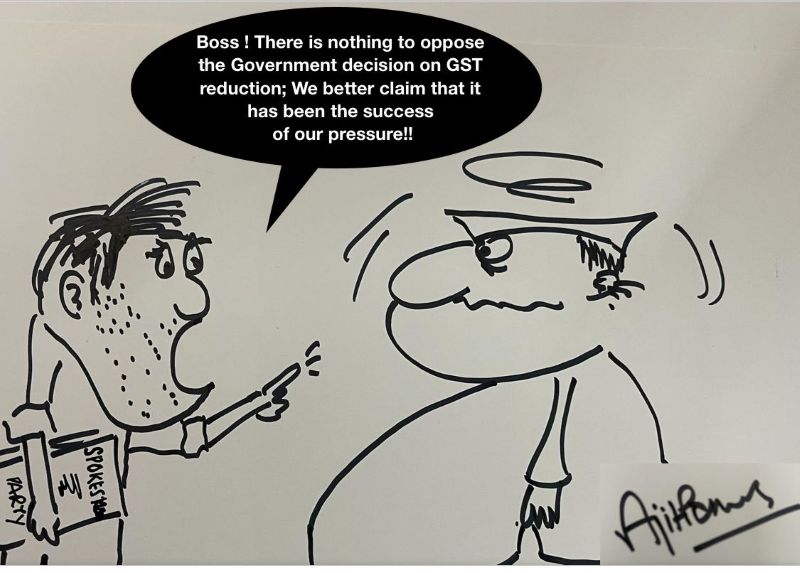
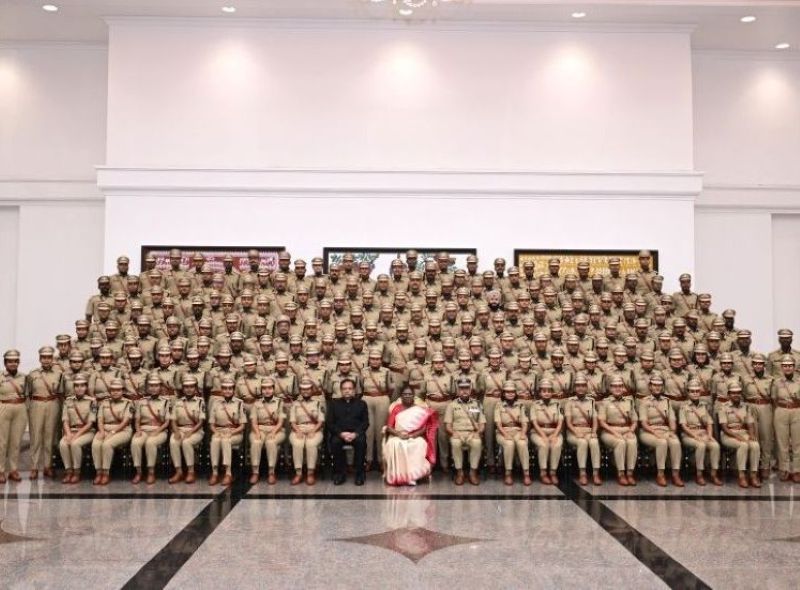
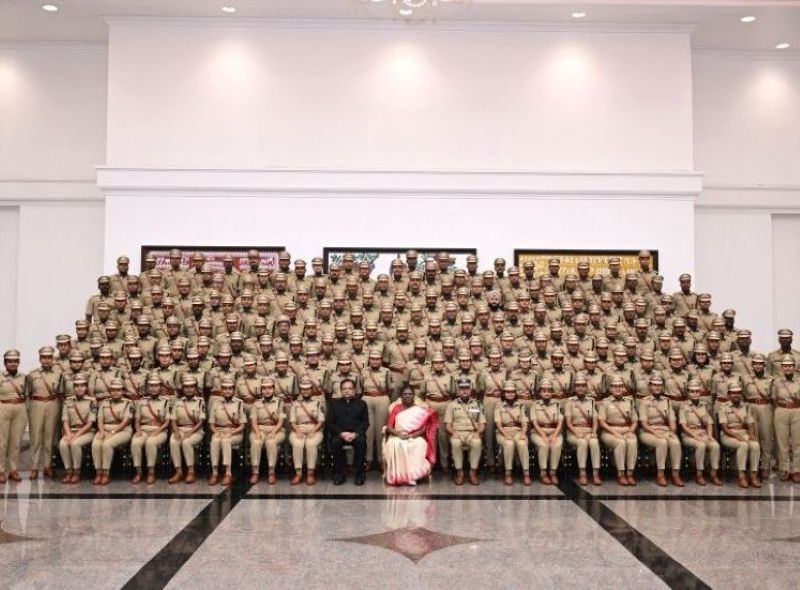

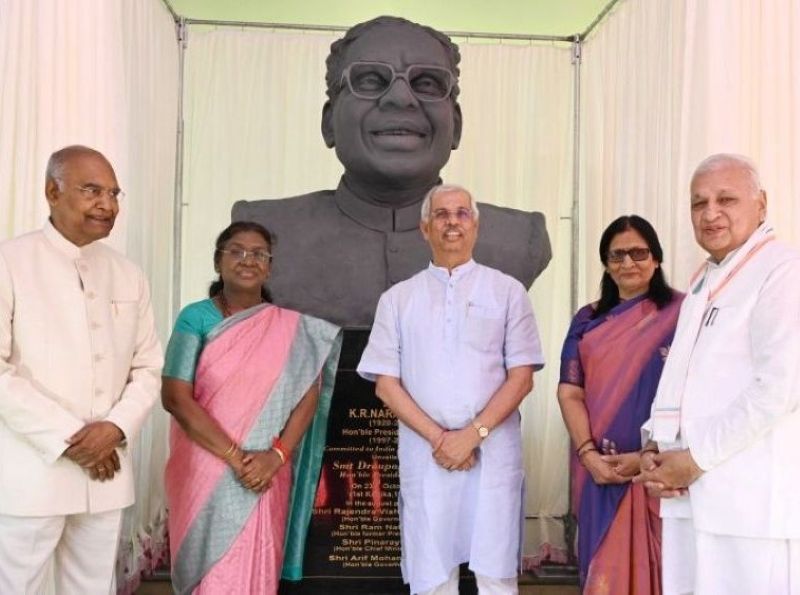



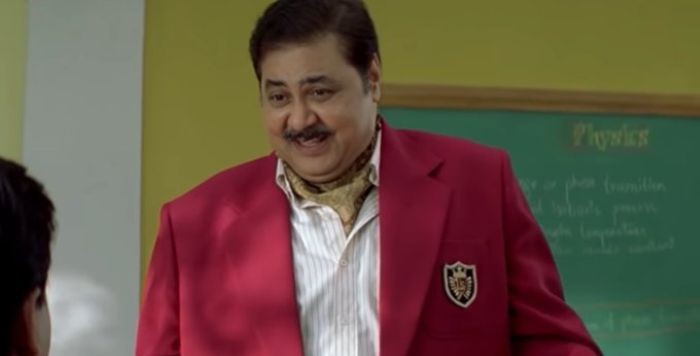
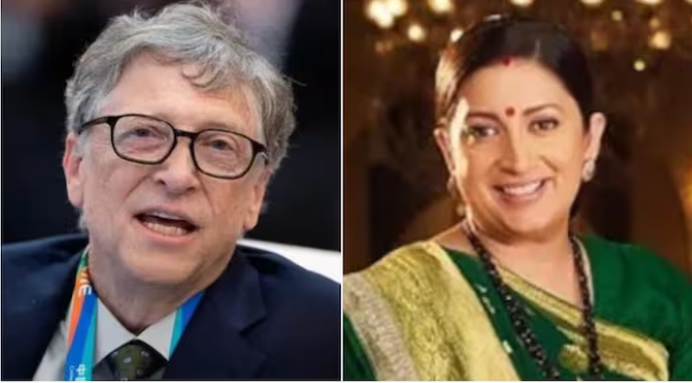


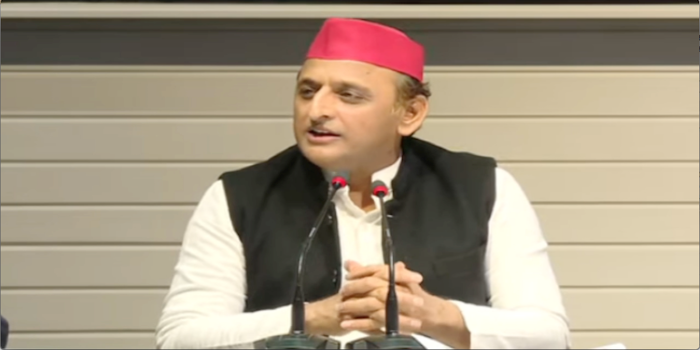

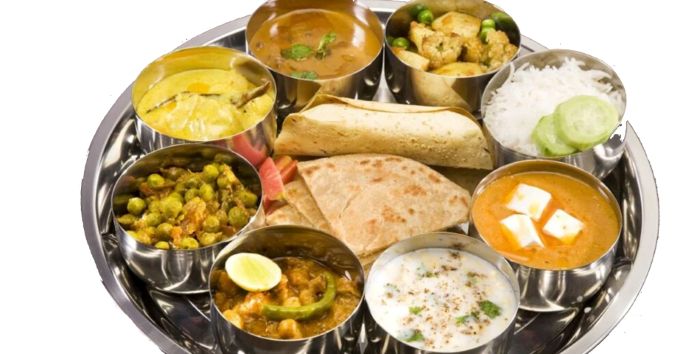


Related Items
India slams Pakistan over border tensions with Afghanistan
India, China agree to maintain peace, stability along LAC in Ladakh
Canada: Bishnoi gang claims killing of India origin Industrialist